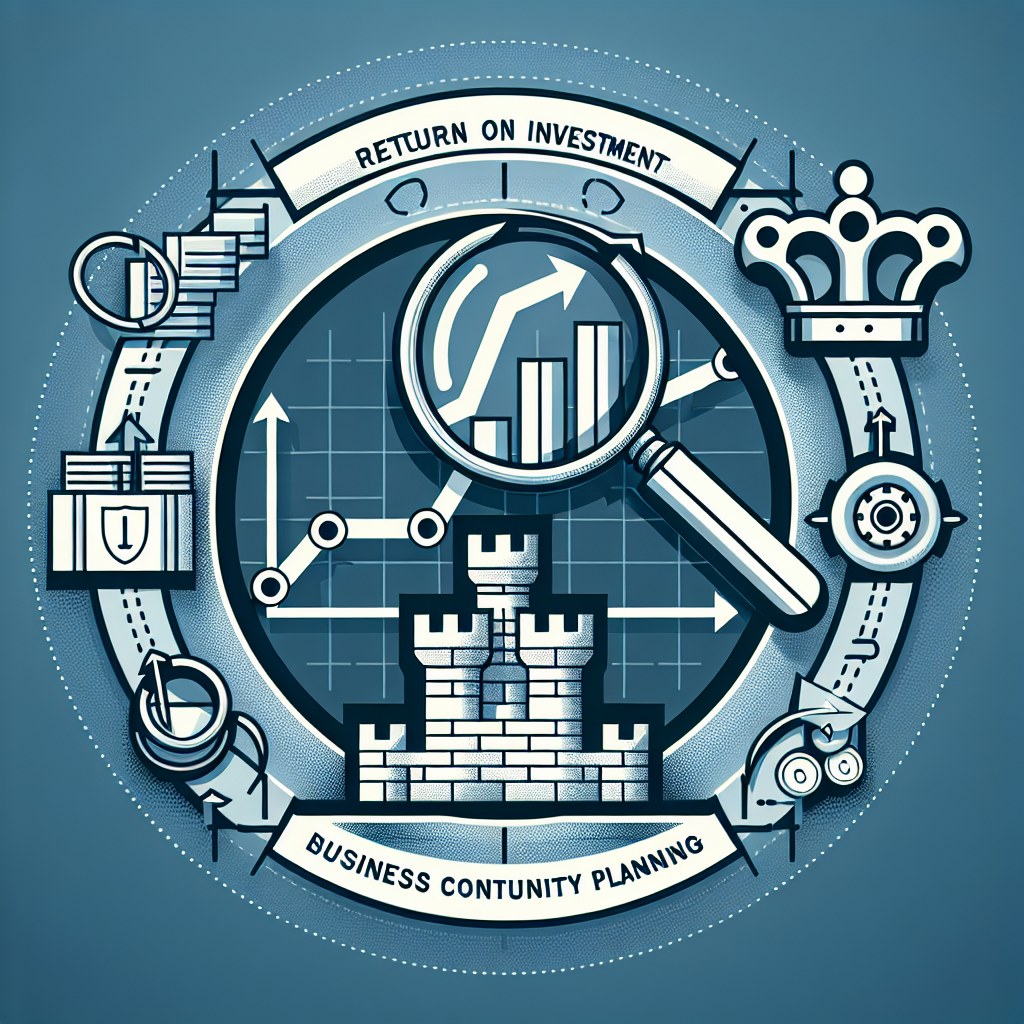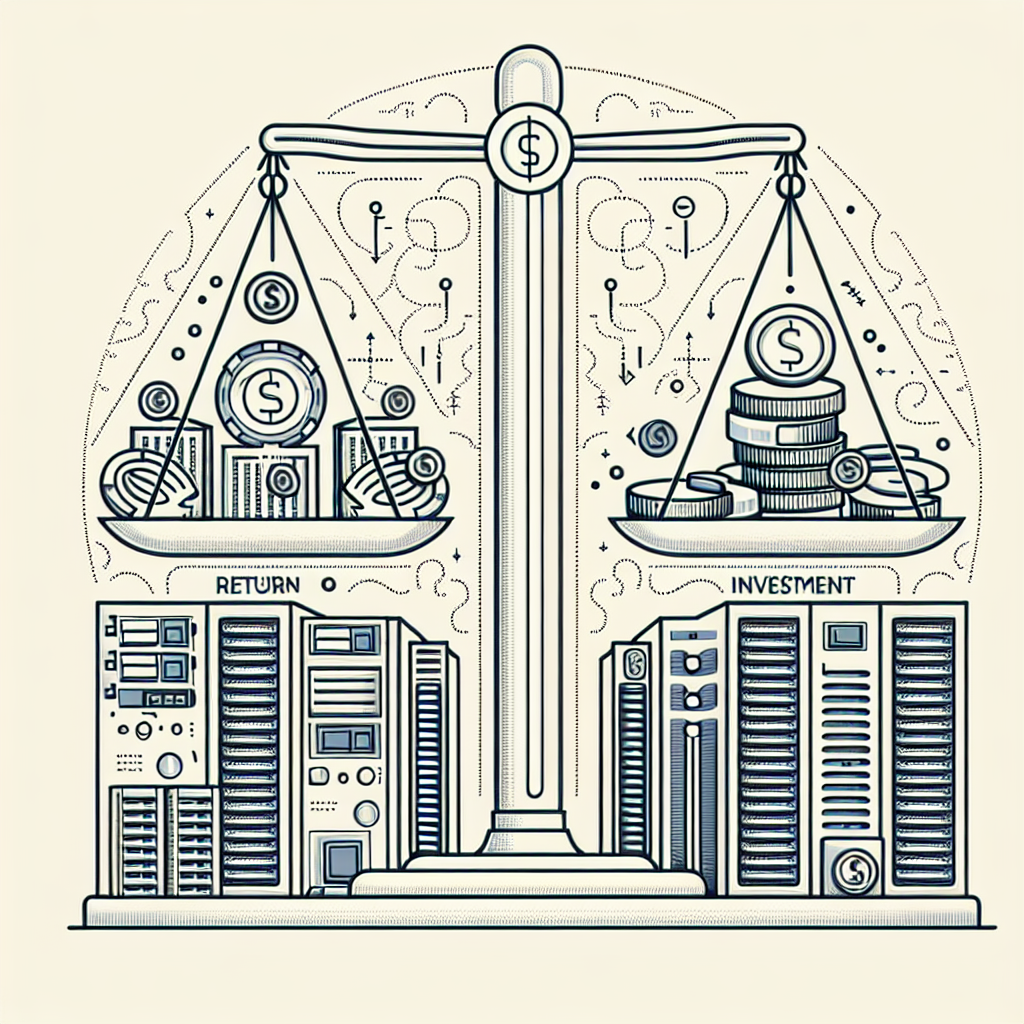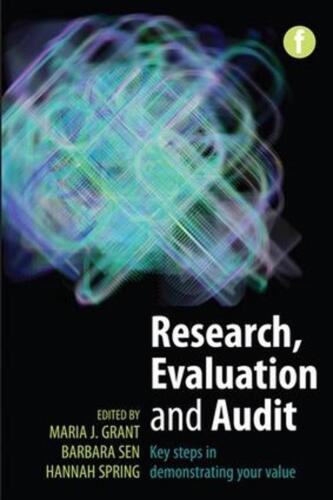In today’s fast-paced and unpredictable business environment, it is crucial for organizations to have a solid business continuity plan in place to ensure they can continue operating in the event of a disaster or crisis. However, many companies struggle to quantify the return on investment (ROI) of their business continuity planning efforts. Without a clear understanding of the value that business continuity planning provides, it can be difficult to justify the resources and time spent on developing and maintaining a robust plan.
Measuring the ROI of business continuity planning is a complex and multifaceted process that requires careful consideration of both quantitative and qualitative factors. While it may be challenging to assign a dollar value to the intangible benefits of a well-executed business continuity plan, there are several strategies that organizations can use to demonstrate the value of their efforts.
One of the most common approaches to measuring the ROI of business continuity planning is to calculate the cost of downtime. This involves estimating the financial impact of a disruption to business operations, including lost revenue, increased expenses, and potential damage to the organization’s reputation. By comparing the potential costs of a disruptive event with the cost of implementing and maintaining a business continuity plan, companies can gain a better understanding of the value that the plan provides.
Another strategy for demonstrating the value of business continuity planning is to conduct a risk assessment that identifies the potential threats and vulnerabilities that could impact the organization. By quantifying the likelihood and potential impact of these risks, companies can prioritize their efforts and allocate resources more effectively to mitigate potential losses. This can help organizations identify areas where additional investments in business continuity planning may be needed to reduce risk and improve resilience.
In addition to quantifying the financial impact of a disruptive event, organizations can also consider the non-financial benefits of business continuity planning. These may include improved employee morale, enhanced customer trust, and increased regulatory compliance. By capturing and measuring these qualitative factors, companies can provide a more comprehensive picture of the value that their business continuity plan provides.
Ultimately, measuring the ROI of business continuity planning requires a holistic and balanced approach that considers both quantitative and qualitative factors. By taking a comprehensive view of the potential risks and benefits associated with business continuity planning, organizations can make more informed decisions about their investments in this critical area. By demonstrating the value of their efforts, companies can build a stronger business case for business continuity planning and ensure that they are better prepared to withstand and recover from any disruptions that may arise.




